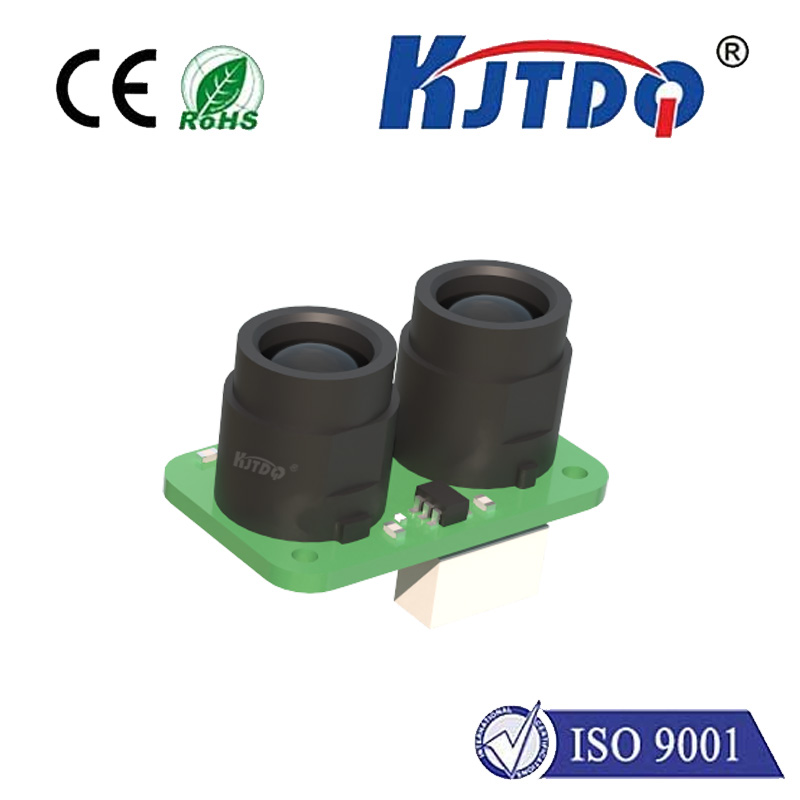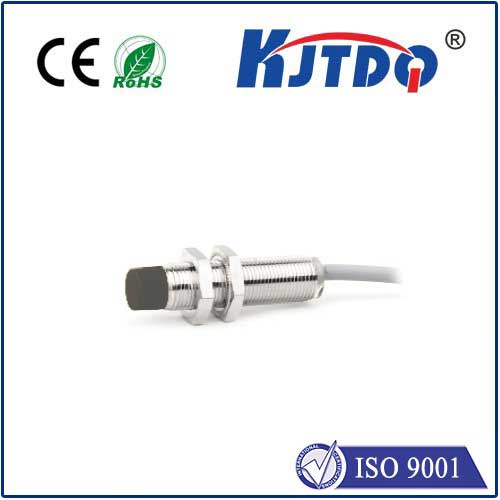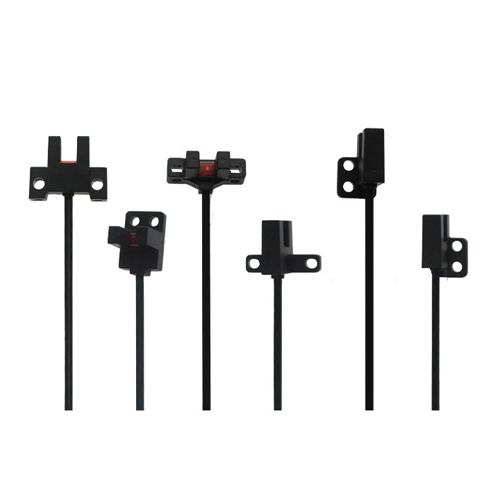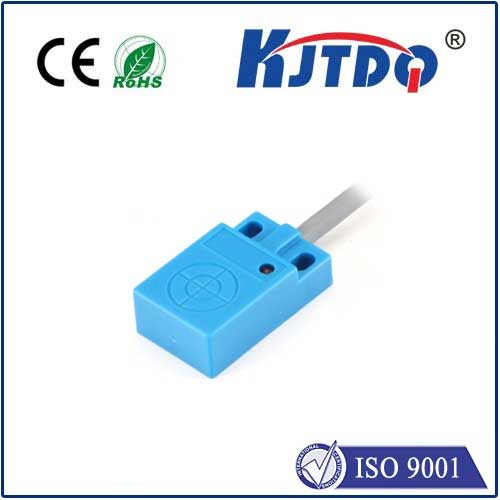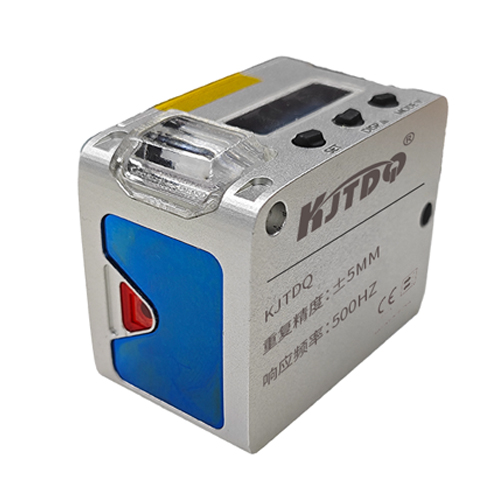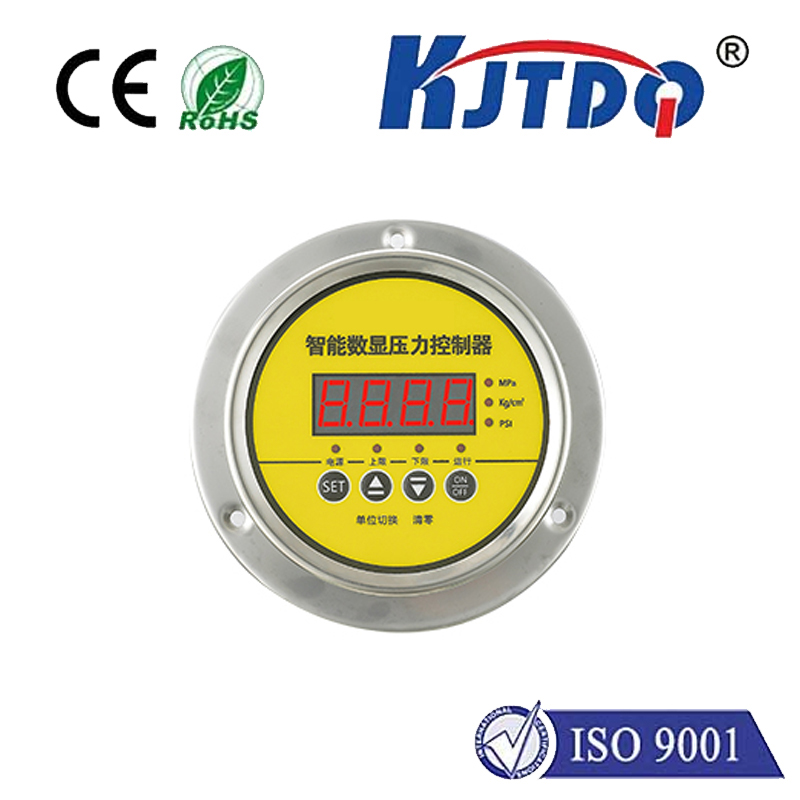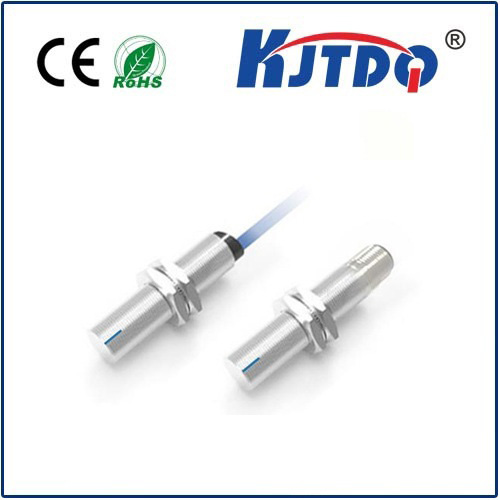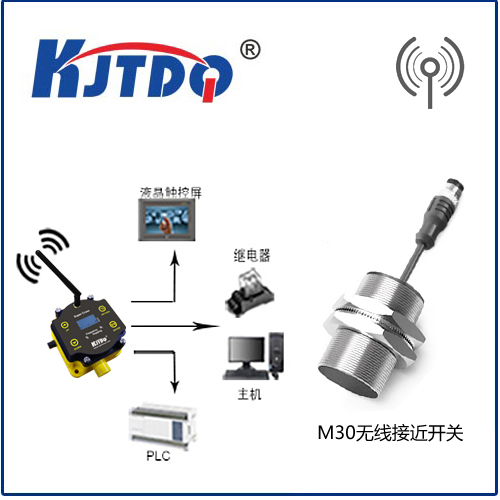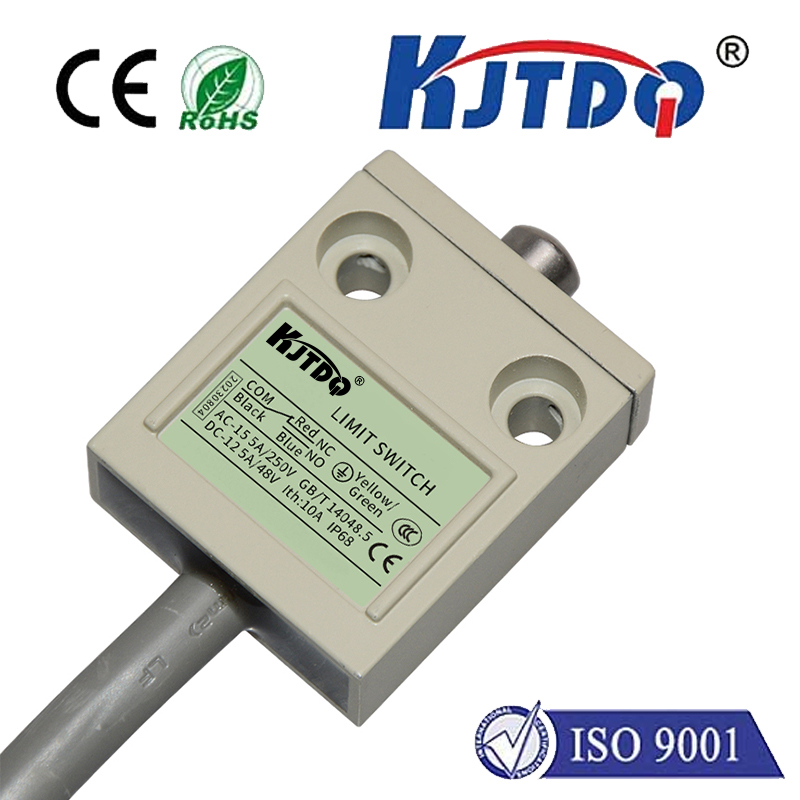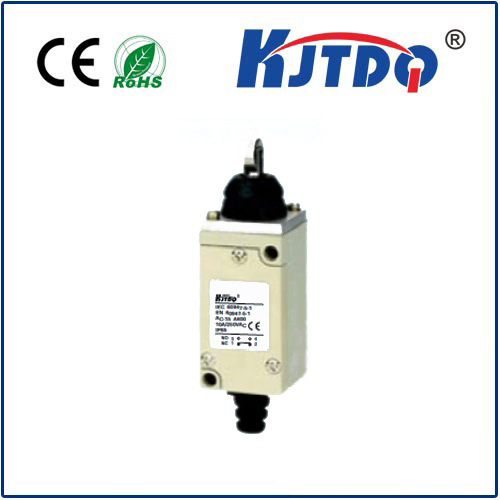BES04WJ high pressure proximity sensor
- time:2025-10-17 02:11:18
- Click:0
BES04WJ: Mastering Sensing in Demanding High-Pressure Environments
In the relentless world of industrial automation, where machinery operates under extreme conditions of force, temperature, and pressure, reliable sensing isn’t just convenient – it’s critical. Components must endure punishing environments without faltering, ensuring processes run smoothly and safely. This is precisely where specialized sensors like the BES04WJ high pressure proximity sensor step into the spotlight. Designed to thrive where standard sensors would fail, this robust device is engineered to deliver dependable object detection in applications subject to significant hydraulic or pneumatic pressure forces.
Understanding the High-Pressure Challenge: Why Standard Sensors Fall Short
Standard inductive proximity sensors excel in countless applications. However, subject them to sustained high pressures, and vulnerabilities emerge. Common housings (like certain plastics or thinner metals) can deform or rupture. Seals protecting internal electronics might compress, extrude, or leak under intense force, allowing process fluids (like hydraulic oil or coolant) to infiltrate and destroy the sensitive components. Even if immediate failure doesn’t occur, pressure fluctuations can cause minute housing movements that subtly alter the sensing distance or induce false signals, jeopardizing process integrity.
This is particularly crucial in systems like:
- Hydraulic Cylinder Positioning: Sensing piston position directly within the cylinder bore exposes sensors to the full system pressure.
- Die Casting & Molding Machines: Sensors near injection units or clamping mechanisms experience immense pressures.
- High-Pressure Testing Equipment: Monitoring fixtures or components under test requires sensors unaffected by the test pressure.
- Subsea Equipment: Sensors operating at depth must resist immense hydrostatic pressure.
- Chemical & Petrochemical Processing: Handling pressurized fluids and gases demands robust containment.
The BES04WJ: Engineered Resilience for Tough Conditions

The BES04WJ isn’t merely labeled ‘high pressure’; its construction embodies this capability. Key design elements make it uniquely suited:
- Robust Housing and Construction: Typically featuring a solid brass or high-grade stainless steel body (often in the rugged M18 size), the BES04WJ’s housing is engineered specifically to withstand external mechanical forces, including high static and dynamic pressure. This rigidity prevents deformation that could impact internal components or sensing distance.
- High-Pressure Sealing: The sensor incorporates advanced sealing technologies. Specialized O-rings or radial shaft seals, often complemented by robust potting compounds within the electronics chamber, create multiple barriers against fluid ingress. These seals are designed to maintain their integrity even under continuous high-pressure exposure and temperature variations.
- Flush-Mount Design (Shielded): The BES04WJ is almost always offered in a shielded (flush-mountable) version. This design minimizes any protruding sensing face, making it more resistant to physical damage and crucially, allowing it to be installed directly into the pressurized cavity (like a cylinder bore) without creating a weak point in the pressure boundary. The sensing field emerges radially from the face, detecting targets moving parallel to it.
- Ruggedized Electronics: Beyond pressure, the internal electronics are typically hardened against vibration, shock, and the extended temperature ranges common in high-pressure industrial systems.
- Enhanced Protection Ratings: Unsurprisingly, these sensors boast high IP (Ingress Protection) ratings, frequently IP68 (submersible) and IP69K (resistant to high-pressure, high-temperature washdowns). This inherent resistance to water and dust ingress complements their high-pressure capability.
Key Specifications Powering Performance
Understanding the technical parameters is vital for successful integration:
- Sensing Principle: Inductive (detects metallic objects).
- Operating Voltage: Typically available in common DC ranges (e.g., 10-30V DC).
- Output Configuration: Usually PNP normally open (NO), PNP normally closed (NC), NPN versions might be available; check specific datasheets.
- Sensing Distance: Fluctuates depending on target material (e.g., typically 5mm for steel with an M18 sensor – verify the exact BES04WJ datasheet value).
- Pressure Rating: This is the defining feature. The BES04WJ is engineered for pressures significantly higher than standard sensors. Crucially, refer directly to the manufacturer’s datasheet for the certified maximum pressure ratings (usually specified in bar or psi). Ratings can often reach hundreds of bar.
- Temperature Range: Designed for wide operating ranges, often -25°C to +85°C or better.
- Connection: M12 connector or fixed cable options.
- Housing Material: Brass or Stainless Steel (1.4305 / 303 or similar).
- Protection Class: IP68, IP69K.
Where the BES04WJ High Pressure Proximity Sensor Truly Shines: Critical Applications
This sensor isn’t chosen for convenience; it’s specified where failure is not an option under intense pressure:
- Hydraulic Systems: The quintessential application. Mounted in cylinder barrels to detect piston position (end position or via position cams) or within hydraulic manifolds/valve blocks. It endures the full system pressure reliably, enabling precise control of presses, lifts, excavators, and injection molding machines.
- Die Casting & Metal Forming: Monitoring core pulls, ejector pins, clamp positions, and safety doors on machines generating massive tonnage. Resists hydraulic system pressures and hot, harsh surroundings.
- Plastic Injection Molding: Used for nozzle touch detection, mold safety, and ejector position sensing within the high-pressure injection unit.
- High-Pressure Test Benches: Providing feedback on fixture closure, component presence, or valve actuation status under test pressure regimes.
- Pumps & Compressors: Monitoring valve positions, piston strokes, or bearing wear in high-pressure pumping stations and compressors.
- Offshore & Subsea: Hydraulically operated equipment on rigs or submersible ROVs where sensors face high ambient pressure and potential seawater exposure.
Ensuring Reliability: Installation and Selection Considerations
Maximizing the BES04WJ’s performance and longevity requires attention to detail:
- Verify Rated Pressure: This is paramount. Never exceed the manufacturer’s specified maximum pressure rating for the specific model ordered. Understand if it’s rated for static pressure or also dynamic pressure spikes.
- Correct Mounting: Flush mounting into a properly machined counterbore is essential to maintain the pressure seal integrity and achieve the rated sensing distance. Follow torque specifications precisely to avoid damaging the housing or seals.
- Target Material & Size: Ensure the target is ferrous metal (steel, iron) and large enough to reliably trigger the sensor at the required distance under operating conditions.
- Environment: While robust, consider temperature extremes, chemical compatibility (if exposed to aggressive fluids), and potential washdown pressures. The IP69K rating makes it suitable for demanding hygienic environments.
- Electrical Compatibility: Match voltage and output type (PNP vs. NPN) to your control system.
The Imperative for Pressure-Tough Sensing
In applications where pressure isn’t just a factor, but a defining environmental condition, standard proximity sensors represent a significant liability. Sensor failure under pressure can lead to costly unplanned downtime, compromised safety, loss of process control, and potential damage to expensive machinery. The BES04WJ high pressure proximity sensor addresses this challenge head-on. By combining a robust metallic housing, specially engineered high-pressure seals, shielded sensing technology, and proven electronics protection, it delivers the unwavering reliability demanded by the most challenging industrial settings. Selecting a sensor explicitly rated and constructed for high-pressure duty, like the BES04WJ, is not just a technical choice; it’s an investment in operational resilience, safety, and long-term productivity. When the pressure is on, ensure your sensing solution is built to handle it.






